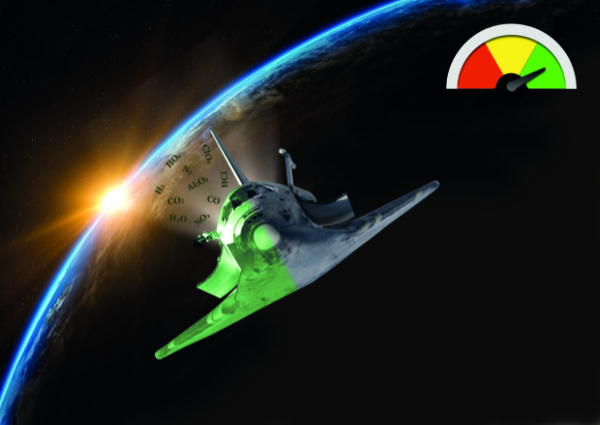Images of climate innovation
It's not rocket science!
Environmental impacts of space activities have often been omitted from key legislation and regulations despite rocket propulsion being the only manmade source of emissions to inject ozone destroying compounds directly into all layers of the atmosphere. To address this, a new tool has been created at the University of Strathclyde which can be used in the design of future space missions to assist decision-makers reduce the overall environmental impact.

Although the space industry produces relatively low levels of pollution in comparison to other sectors, this may become more meaningful with the scaling up of space activities in the near to medium term future. In such an event, scientifically quantifying and reducing their environmental impacts will become an extremely important subject within the industry and may become a mandatory component of space mission design. As such, this research will allow the space industry to address this issue before it becomes a problem, through the development of a new tool which can be used by a variety of stakeholders within the sector.
Entrant: Andrew Wilson , University of Strathclyde
Copyright: Andrew Wilson / NASA